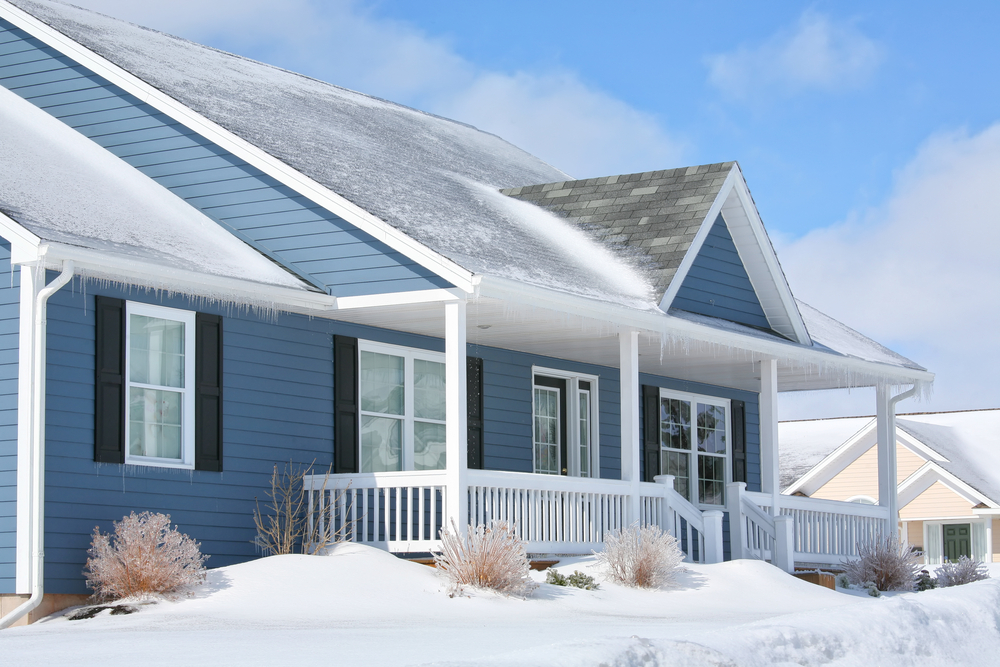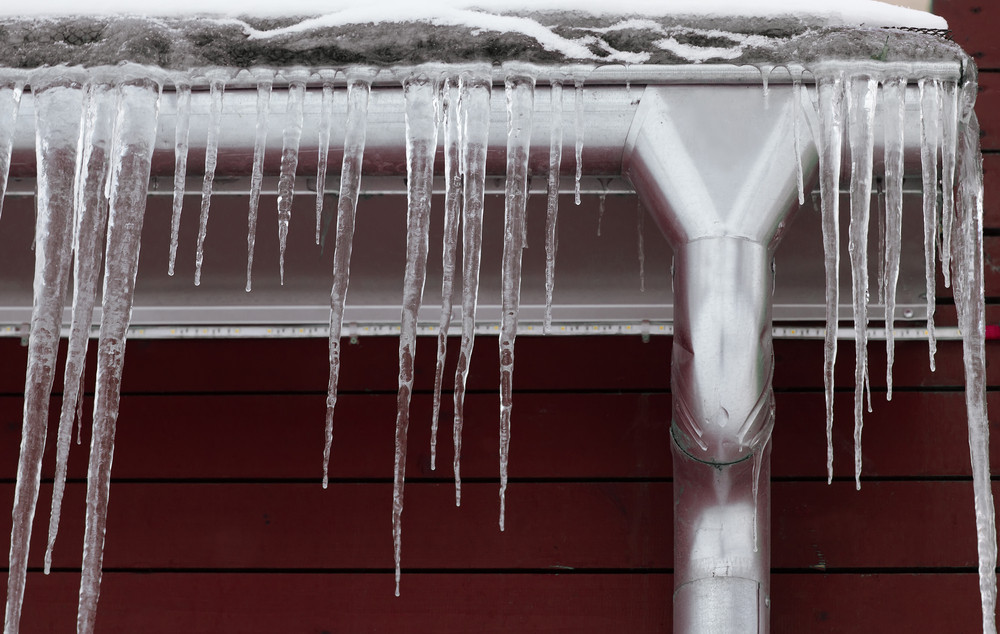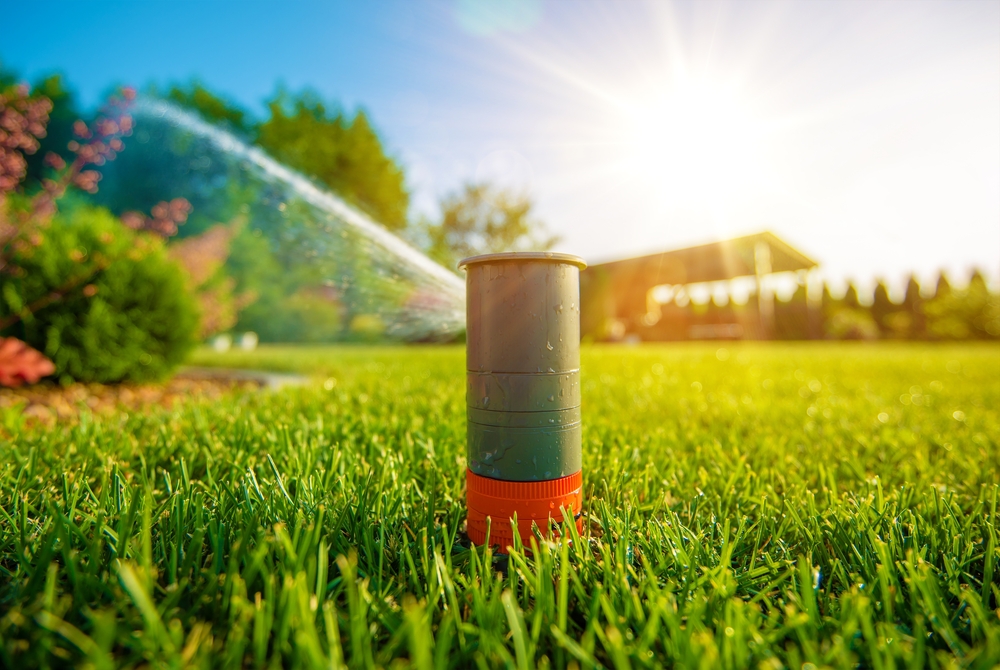Six Steps to Prepare for Heavy Snowfall at your Property

Snow and other forms of precipitation in the Northeast are expected to rival that of a record-shattering year last year as winter gains momentum in January and February. Other parts of the country will be no doubt affected as winter begins to enter its stretch run.
For a home owner, a heavy snowfall can be particularly damaging and dangerous. November’s blizzard in Western New York that posted snowfalls up to seven feet took its toll on numerous homes and businesses. Collapsed roofs from the heavy weight of the snow were among the nearly $50 million in damages reported.
Protecting an asset from heavy snow is difficult, and removing the white stuff can be just as cumbersome and even dangerous. Each year, workers are killed or seriously injured while removing snow or ice from rooftops, decks and other building structures.
The U.S. Department of Labor and other sources offer some helpful tips that property owners can consider when planning for snow removal. Here are some questions that the USDL recommends you ask before snow becomes a problem:
How can snow be removed without going on the roof?
De-icing materials and extended snow rakes or drag lines are commonly used to remove snow from roofs. In many cases, the snow can be removed without going on the roof. Snow rakes usually have a long blade to remove snow without damaging shingles and can be used standing from the ground with an adequate extension. De-icing materials can also be used while working from the ground. In some areas, it may make sense to install an electronic de-icing system on the home that will minimize snow buildup on roofs, valleys and eaves.
Where are hidden hazards on the roof that need to be identified?
Falls are the leading cause for most worker fatalities and injuries during rooftop snow removal, according to the Occupational Safety & Health Administration (OSHA). Workers can fall through skylights, roof drains and vents in addition to falling from ladders and aerial lifts. Before going onto the roof, identify any potential hazards.
How should the snow be removed to prevent unbalanced loading?
Before attempting to remove snow, assess the load – the weight of the snow, workers and equipment used – and the load limit of the roof of the home. Doing so is not easy but a flat and slightly pitched roofs are most vulnerable to heavy accumulations. Ideally, you should lessen the load on the roof, not necessarily remove all the snow. Do so by uniformly removing snow and avoid making big piles.
How should workers be prepared to safely remove snow?
Workers should wear appropriate fall protection equipment and clothing, and avoid using a snow rake or shovel while working from the ladder. Workers should protect against frostbite and hypothermia by wearing appropriate warm clothing.
Excessive physical exertion can cause exhaustion, dehydration, back injuries and heart attacks, which can lead to falls. Remove snow by scooping or pushing small amounts at a time. Use proper form for lifting. Take frequent breaks and drink fluids.
What fall protection equipment will be needed?
A fall arrest system typically involves a full body harness, anchor point and a connector that protects the worker from falling. Anchor points must be able to support at least 5,000 pounds for each worker attached, according to Occupational Safety & Health Administration guidelines.
How can snow removal equipment be safely elevated to the roof?
Snow blowers are good for removing snow but can cause injury if not properly used. Raise materials like snow blowers and other snow removal equipment using lifts, winches, pull ropes or other related equipment. Snow blowers should not be overloaded, and operated at a modest speed.
Homeowners should take extreme caution when trying to thin a snowfall from the asset. If you are not comfortable removing snow from your roof, the Insurance Institute for Business & Home Safety recommends hiring a snow removal contractor.
(Image source: Shutterstock)







